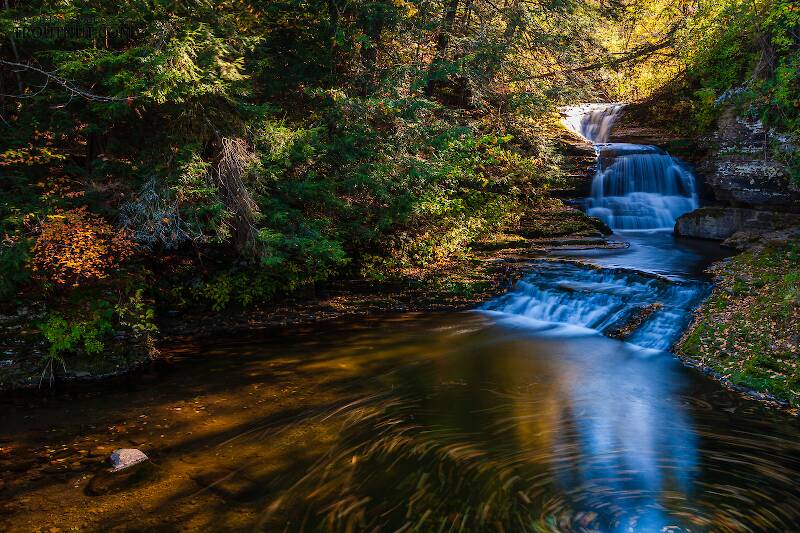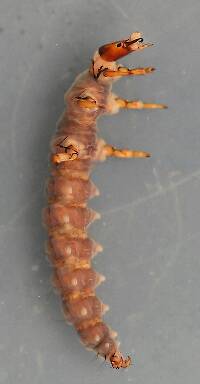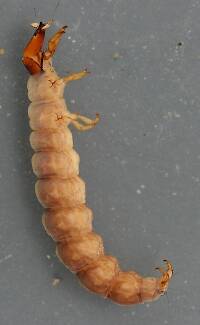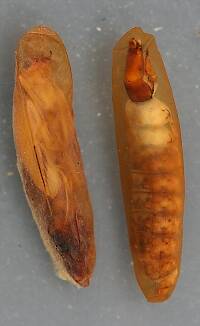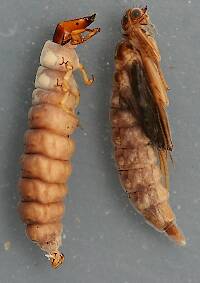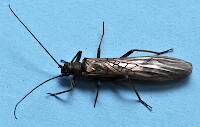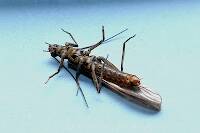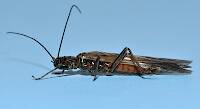
Blue-winged Olives
Baetis
Tiny Baetis mayflies are perhaps the most commonly encountered and imitated by anglers on all American trout streams due to their great abundance, widespread distribution, and trout-friendly emergence habits.
Featured on the forum

As far as I can tell, this species has only previously been reported from one site in Oregon along the Columbia gorge. However, the key characteristics are fairly unmistakable in all except for one minor detail:
— 4 small yellow spots on frons visible in photos
— Narrow occipital spinule row curves forward (but doesn’t quite meet on stem of ecdysial suture, as it's supposed to in this species)
— Short spinules on anterior margin of front legs
— Short rposterior row of blunt spinules on abdominal tergae, rather than elongated spinules dorsally
I caught several of these mature nymphs in the fishless, tiny headwaters of a creek high in the Wenatchee Mountains.
— 4 small yellow spots on frons visible in photos
— Narrow occipital spinule row curves forward (but doesn’t quite meet on stem of ecdysial suture, as it's supposed to in this species)
— Short spinules on anterior margin of front legs
— Short rposterior row of blunt spinules on abdominal tergae, rather than elongated spinules dorsally
I caught several of these mature nymphs in the fishless, tiny headwaters of a creek high in the Wenatchee Mountains.

Troutnut is a project started in 2003 by salmonid ecologist Jason "Troutnut" Neuswanger to help anglers and
fly tyers unabashedly embrace the entomological side of the sport. Learn more about Troutnut or
support the project for an enhanced experience here.
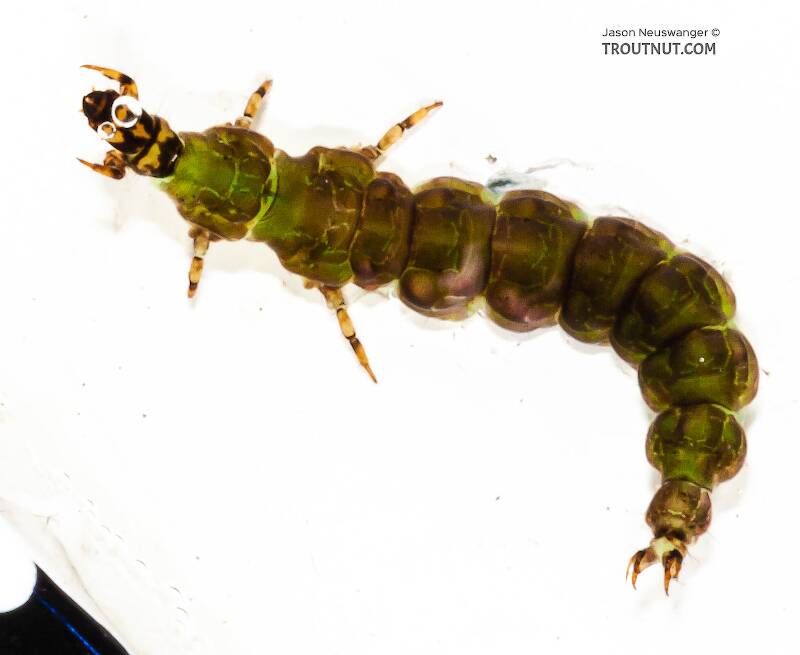
I collected this larva and several like it from the same stream and on the same day as this pupa. I suspect they're the same species.
Litobrancha on Sep 5, 2006September 5th, 2006, 8:44 am EDT
Looks like Rhyacophila fuscula. Wonderful bug.
Jwatersphd on Jun 23, 2007June 23rd, 2007, 2:35 pm EDT
i am curious how to tell rhyacophila from macronema and whether it makes any difference either in terms of size or behavior. in schweibert's first volume from years ago they look very similar. i am awaiting his new two volume set but in the meantime would be curious i if anyone knows. there is definitely a green caddis that is quite prevalent on the gunnison in the black canyon and probably gorge below but i have not been especially successful at devising a good imitation. after looking at oliver edwards's video on czech nymphing, however, i am thinking the big problem is that i did not tie in such a method as to emphasize the heavily segmented body.
jwatersphd
Taxon on Jun 23, 2007June 23rd, 2007, 6:32 pm EDT
Dr. Waters-
Rhyacophila are in the family of free-living caddisflies (Rhyacophilidae), whose larvae are characterized by: only pronotum having a sclerotized plate, mesonotum and metanotum being entirely membranous; sclerotized plate on top of abdominal segment nine; anal prolegs long with large claws.
Macronema (now Macrostemum, at least for those species of interest to flyfishers) are in the family of common net-spinner caddisflies (Hydropsycidae), whose larvae are characterized by: sclerotized plates on notum of all three thoracic segments; anal prolegs terminating in a brush of long setae.
Incidentally, no Macrostemum species are known from Colorado.
Rhyacophila are in the family of free-living caddisflies (Rhyacophilidae), whose larvae are characterized by: only pronotum having a sclerotized plate, mesonotum and metanotum being entirely membranous; sclerotized plate on top of abdominal segment nine; anal prolegs long with large claws.
Macronema (now Macrostemum, at least for those species of interest to flyfishers) are in the family of common net-spinner caddisflies (Hydropsycidae), whose larvae are characterized by: sclerotized plates on notum of all three thoracic segments; anal prolegs terminating in a brush of long setae.
Incidentally, no Macrostemum species are known from Colorado.
Ov10fac
Posts: 2
Posts: 2
Ov10fac on Jul 30, 2019July 30th, 2019, 7:15 am EDT
What is the approximate length and width of this fly. I used to fish something similar to this on the South Platte in Colorado. Seems the ones I fished were a little more brown.
Troutnut on Jul 30, 2019July 30th, 2019, 7:29 am EDT
This one is over an inch long. The genus Rhyacophila is the largest (in number of species) genus of caddisflies, with several dozen different species in North America if I recall correctly. You very likely saw one of the other species of this genus on the South Platte.
Jason Neuswanger, Ph.D.
Troutnut and salmonid ecologist
Troutnut and salmonid ecologist
Quick Reply
Related Discussions
Topic
Replies
Last Reply
0
Apr 12, 2007
by Litobrancha
by Litobrancha
9
Mar 18, 2013
by Entoman
by Entoman
6
Apr 25, 2007
by Troutnut
by Troutnut
3
Feb 12, 2009
by Creno
by Creno
1
Sep 23, 2006
by GONZO
by GONZO
1
Aug 24, 2006
by Troutnut
by Troutnut

